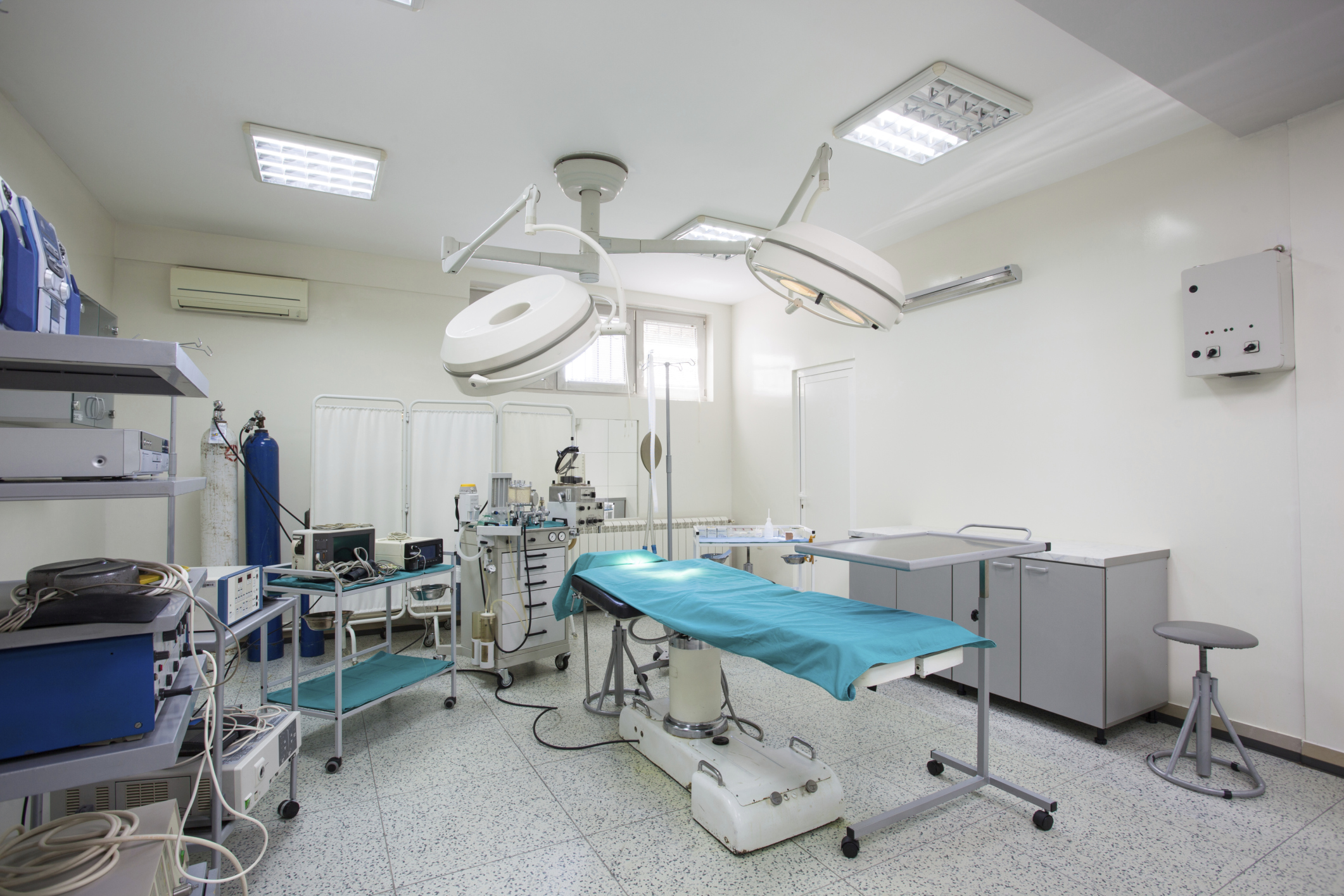
Current treatment recommendations for periprosthetic joint infection (PJI) include debridement, antibiotics, irrigation, and prosthesis retention (DAIR) in select acute infections. Researchers from the Hospital for Special Surgery evaluated differential implant survival following DAIR treatment in patients undergoing total joint arthroplasty (TJA) who had Staphylococcus aureus (SA) or non-Staphylococcus aureus (NSA) species. They presented the results during a poster presentation at the AAOS 2018 Annual Meeting.
This retrospective study assessed all PJIs treated with DAIR at an institution between 2008 and 2014. Treatment failure was defined as a need for explant.
A total of 169 undergoing TJA who were treated with DAIR were included, which comprised 107 total knee arthroplasties (TKAs) and 62 total hip arthroplasties (THAs). The mean patient age at the time of DAIR was 67.3 years (standard deviation [SD] = 12.0 years), 54% were female, and the mean body mass index was 30.4 kg/m2 (SD=6.9kg/m2).
Overall prosthesis survivorship was 51.7% (95% CI 38.2-63.6) at four years. When stratified by joint, survivorship was similar for both THA (53.2%) and TKA (59.8%) at two years (p=0.36). PJI survivorship differed significantly based on the infecting organism: Two-year survivorship was lower among those with SA infections (22%) compared with NSA infections (77%; p<0.001). This difference remained significant when TKA and THA subgroups were analyzed separately:
- 6% with TKA plus SA vs 63.0% for TKA plus NSA (p<0.001)
- 7% with THA plus SA vs 74.1% for THA plus NSA (p<0.001)
“While DAIR can be a successful treatment for NSA PJI, it is less effective for SA PJI,” the researchers concluded. “The results of this study may help guide expectations based on preoperative PJI organism identification.”

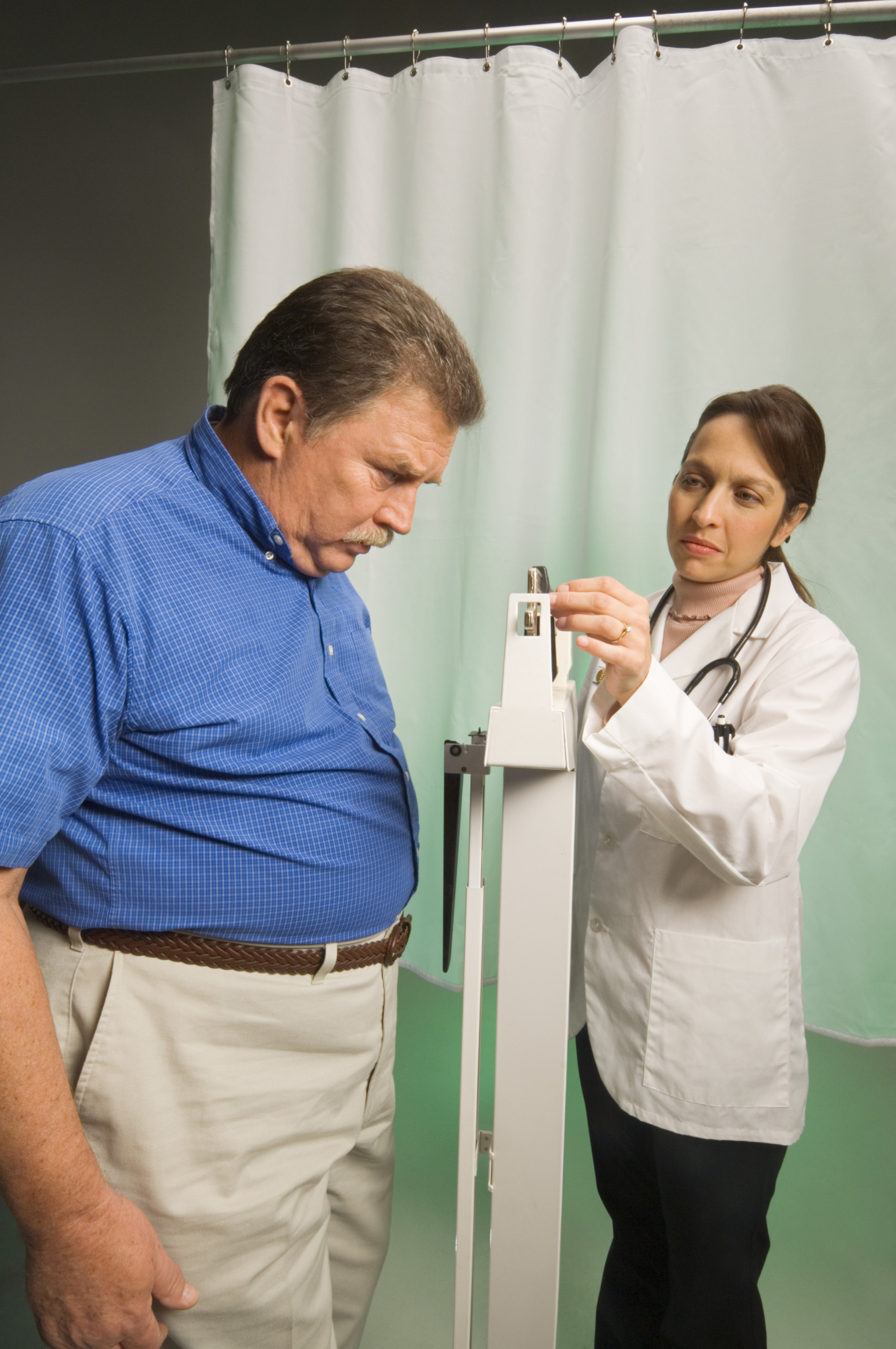

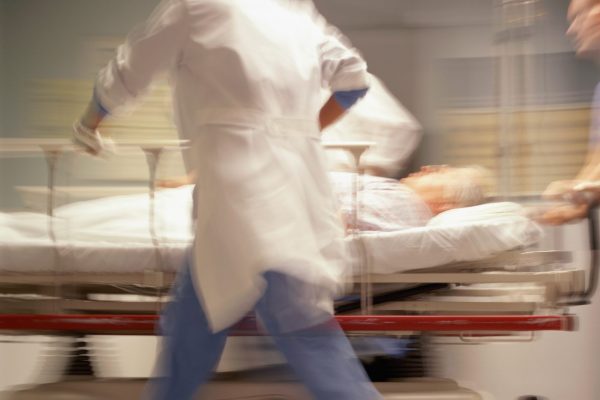
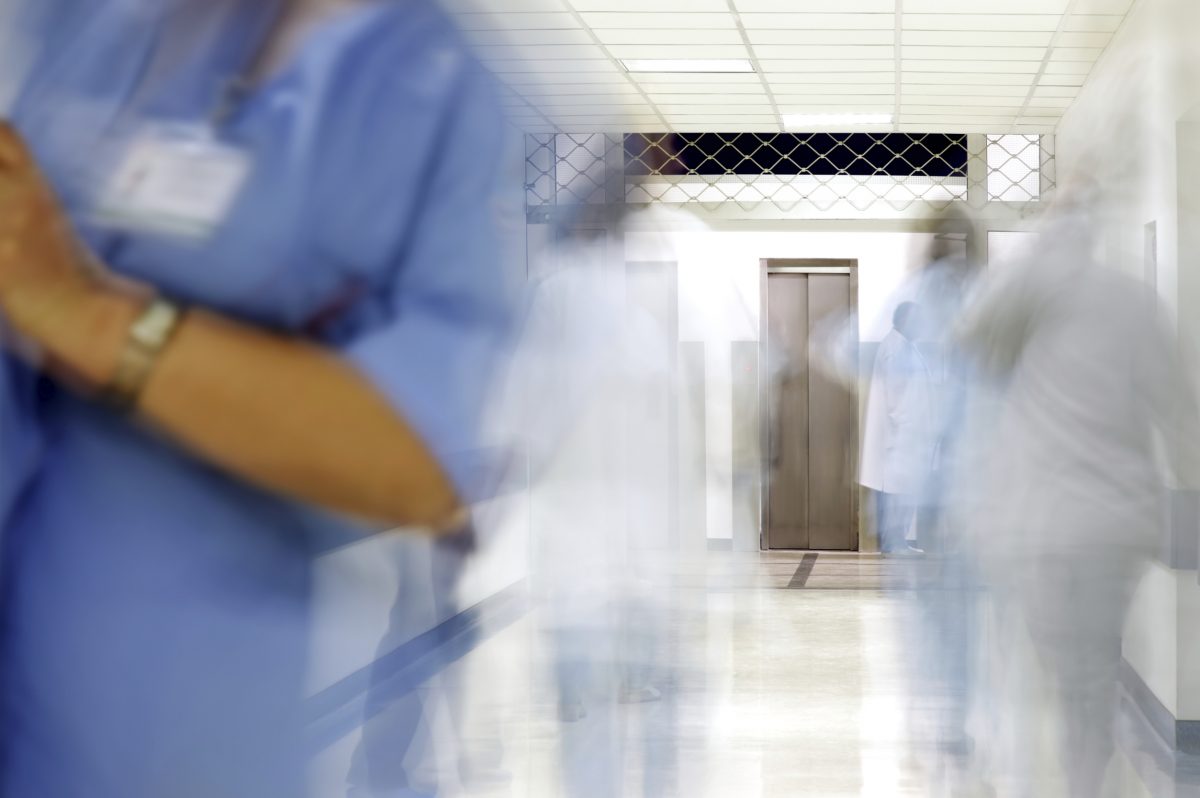
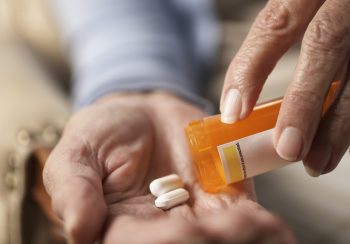

 © 2025 Mashup Media, LLC, a Formedics Property. All Rights Reserved.
© 2025 Mashup Media, LLC, a Formedics Property. All Rights Reserved.